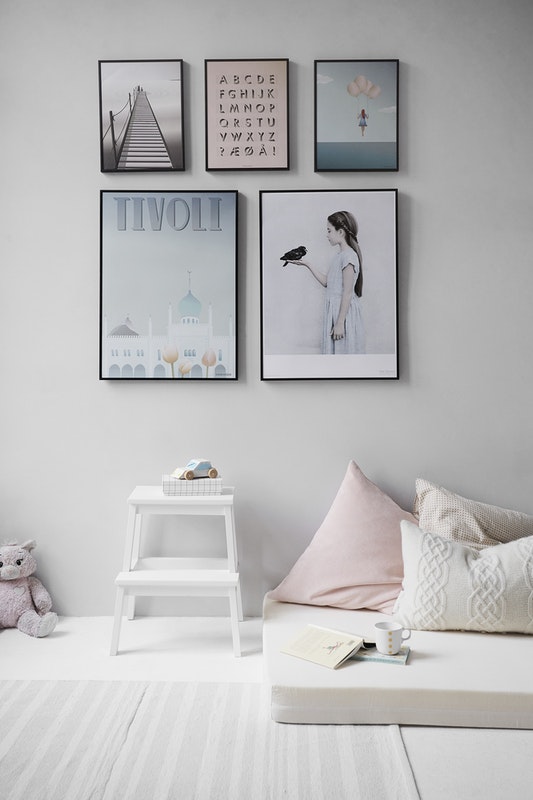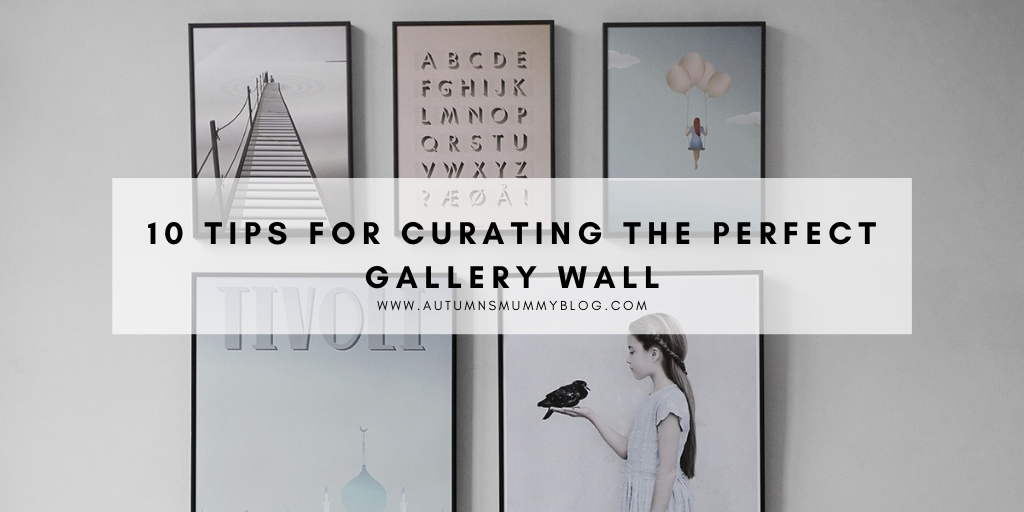Collaborative Post¦ The gallery wall trend has soared in recent years and is expected to continue growing through 2021. This interior design feature, which entails assembling multiple art pieces onto one wall, can look extremely impressive. However, without careful consideration, it’s easy to get it wrong.
There are several elements to keep in mind when you’re grouping pieces together, planning the layout, and attaching the art to the wall. Here are ten tips that will help you master the gallery wall in your home.
1) Make precise measurements
Before you can decide which pieces to display, you need to know what sizes to look for. First, measure the wall space you’re using and any pieces you intend on hanging to ensure they’ll fit. This preparation should give you an idea of the shapes and sizes of art your gallery wall is missing. If you have an especially large wall, or some especially large art, now might be the time to contact Professional Picture Hanging services to get their advice. Large projects can be hard to handle by yourself, so an expert might be able to handle things better for you.
2) Choose a theme
While gallery walls don’t have to be uniformed, a theme ensures the individual pieces complement each other and won’t look out of place. Themes can consist of subjects including nature, music, or film. Alternatively, you could connect them with a colour scheme.
If you’ve already accumulated an art collection, place them all together on the floor to identify any correlating themes and colour palettes. If you’re shopping for new art, having a theme will make it easier to curate the layout.
3) Use different art mediums
To create an eclectic and unique look, consider using multiple types of art within your display. The online art gallery, Bleur Art, have a diverse range of original art for sale, including embroidered illustrations, photography, sculptures, and oil paintings.
4) Create a symmetrical shape
If your interior style is more minimal and understated, you may prefer a symmetrical row or grid of matching pieces. However, symmetrical shapes can also be dramatic. For example, a display could consist of one A2 piece in the middle, with a consistent pattern of A4 and A5 images on either side.
5) Produce an asymmetrical design
For an eccentric appearance, an uneven layout will have the best result. Arranging an asymmetrical shape can be tricky, but it’s easiest to start with the largest image and work around it. While the most prominent image will be the focal point, you don’t want to deter the eye from all the other art, so place it off-centre or in one of the corners.
6) Prioritise frames
When artwork requires framing, abandoning this step can make the display look dishevelled. Framing also protects art from external influences such as light and humidity, which can cause long-term damage.
Don’t feel restricted to one type of frame, though. Consider using up to three types of frames with different colours, shapes, and sizes, but keep in mind that frames should elevate and not distract from the art.
7) Experiment with the layout
After deciding which pieces to use, play around with the arrangement before drilling any holes in the wall. Here are some ideas:
- Stick true-to-size paper mock-ups of the art on the walls.
- Use an editing app.
- Coordinate the artwork on the floor.
Once you’ve landed on a final arrangement, make sure you’re happy with it before making it permanent.
8) Take more measurements
Now you’re settled on the layout, make pencil marks on the walls to reference where each piece needs to go. Keep the same space, around three inches, between each picture for a polished result.
9) Check for straight lines
To avoid an unfinished look, check the frames are straight with a spirit level before attaching them.
10) Securely fit them to the wall
Gather any tools you need to complete this task, such as a stud finder, a drill, frame hooks, and nails. Alternatively, if you live in rented accommodation or don’t want to make a hole in the wall, use command strips. Check the pieces are safely fixed and not likely to fall.
A gallery wall is a great way to change a room’s aesthetic without painting the walls or investing in new furniture. Although approaching this task can be daunting, as long as you’re prepared and take your time, the result will definitely be worth the effort.

Disclosure: This is a collaborative post.
